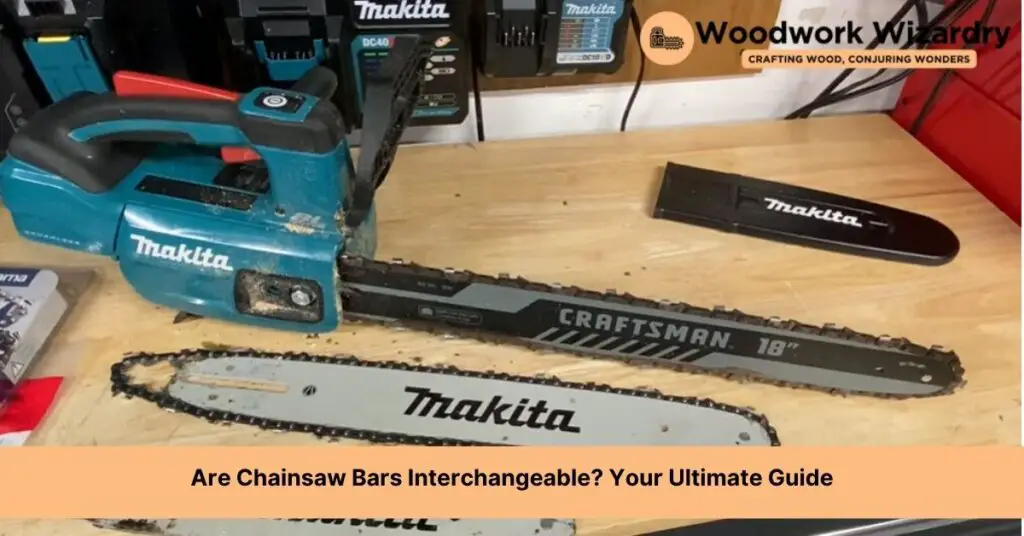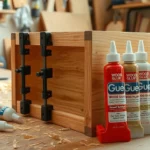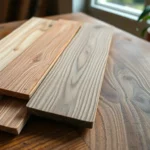When we’re out there tackling the wilderness in our backyards or embarking on a hefty woodworking project, our trusty chainsaw is our best friend. But, like any tool, it needs a bit of TLC and sometimes a new part or two. This brings us to a question we’ve all pondered at some point: Are chainsaw bars interchangeable? It’s not just about slapping on a new bar and calling it a day. There’s a bit more to consider.
We’ve dived into the nitty-gritty to bring you the lowdown on swapping out chainsaw bars. Whether you’re a seasoned lumberjack or a weekend warrior, understanding the ins and outs of your chainsaw can make all the difference. So, let’s get into it and see what it takes to keep your chainsaw in top-notch condition, ensuring it’s always ready for whatever task you throw at it.
Understanding Chainsaw Bar Compatibility
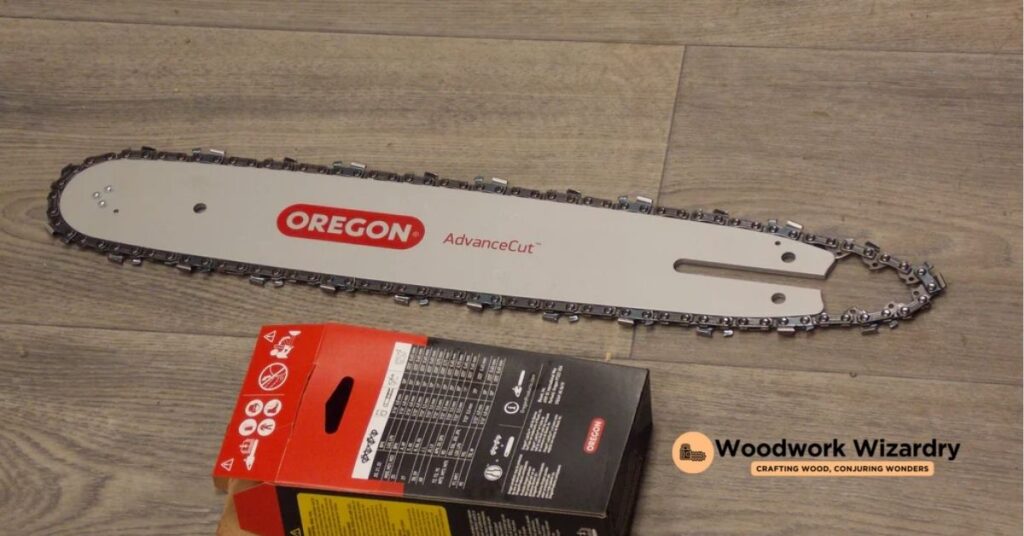
Transitioning from the emphasis on maintenance, we find the topic of chainsaw bar compatibility to be equally important. Ensuring that a chainsaw’s bar is interchangeable not only affects its performance but is crucial when considering replacements or upgrades. Chainsaw bars must match the chainsaw in three critical aspects: length, pitch, and gauge.
Length
Chainsaw bars come in various lengths, typically ranging from 10 inches to 42 inches. The length determines the size of wood you can cut through in one pass. Longer bars enable cutting through larger trees, but they require more power and can be more challenging to handle. Therefore, when choosing a replacement bar, it’s necessary to consider the original bar’s length to maintain performance and safety.
Pitch
The pitch of a chainsaw bar refers to the size of the chain’s teeth or links. Common pitches include 1/4 inch, .325 inch, 3/8 inch, and .404 inch. The pitch affects how well the chainsaw cuts and its compatibility with various chains. It’s essential to match the pitch of the new bar with the pitch of your current chain and sprocket to ensure smooth operation.
Gauge
The gauge of a chainsaw bar measures the thickness of the groove where the chain sits. It’s a crucial element because it ensures the chain fits snugly in the bar, preventing slippage during operation. Common gauges range from .043 inch to .063 inch. Matching the gauge of your new bar with your current chain’s gauge is necessary for proper functionality.
While the idea of interchangeable chainsaw bars might seem straightforward, compatibility hinges on matching the length, pitch, and gauge of your replacement bar with your chainsaw’s specifications. By paying close attention to these details, we ensure our chainsaw performs optimally and safely, extending its usability for various tasks.
Different Types of Chainsaw Bars
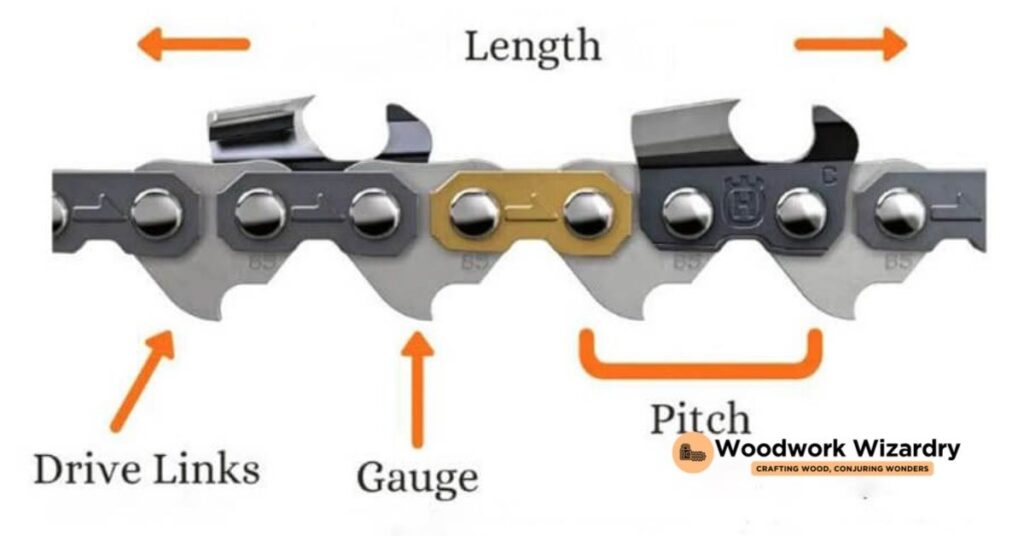
Understanding the diverse kinds of chainsaw bars helps us make informed decisions when it comes to replacements and upgrades. Chainsaw bars come in various types, each suited for specific tasks and chainsaw models.
Guide Bar Lengths
Guide bar lengths dictate the size of wood you can cut in a single pass. They range from small, 6-inch bars ideal for pruning and detailed work, to large, 36-inch bars designed for felling big trees. The length of the bar you choose directly impacts the chainsaw’s maneuverability and the physical effort required to operate it.
Bar Mounts and Tail Sizes
Chainsaw bars feature different bar mounts and tail sizes, which need to match the corresponding chainsaw. These mounts are usually specific to the chainsaw’s brand and model. Ensuring compatibility between the bar mount and the chainsaw is crucial for safe and efficient operation.
Chain Types and Compatibility
The chainsaw bar must be compatible with the type of chain you intend to use. The three key chain specifications are pitch, gauge, and number of drive links. These specifications ensure the chain fits perfectly on the bar’s guide and sprocket, maximizing cutting efficiency and safety.
- Pitch: Refers to the size of the chain, dictating how close the links are on the chain.
- Gauge: Measures the width of the drive links, affecting how the chain fits in the bar groove.
- Number of Drive Links: Determines the length of the chain, ensuring it matches the bar’s length.
Specialized Bars
Specialized bars, such as carving bars, narrow-kerf bars, and laminated bars, offer unique benefits for specific cutting tasks. Carving bars, for example, are designed for detailed and intricate woodwork, while narrow-kerf bars focus on increasing cutting efficiency with less waste.
Selecting the right chainsaw bar involves considering the bar length, mount and tail size, chain specifications, and the specific tasks for which the chainsaw will be used. Matching these elements ensures our chainsaw operates at its best, providing safe, efficient, and effective cutting performance.
How to Determine If a Chainsaw Bar Is Interchangeable
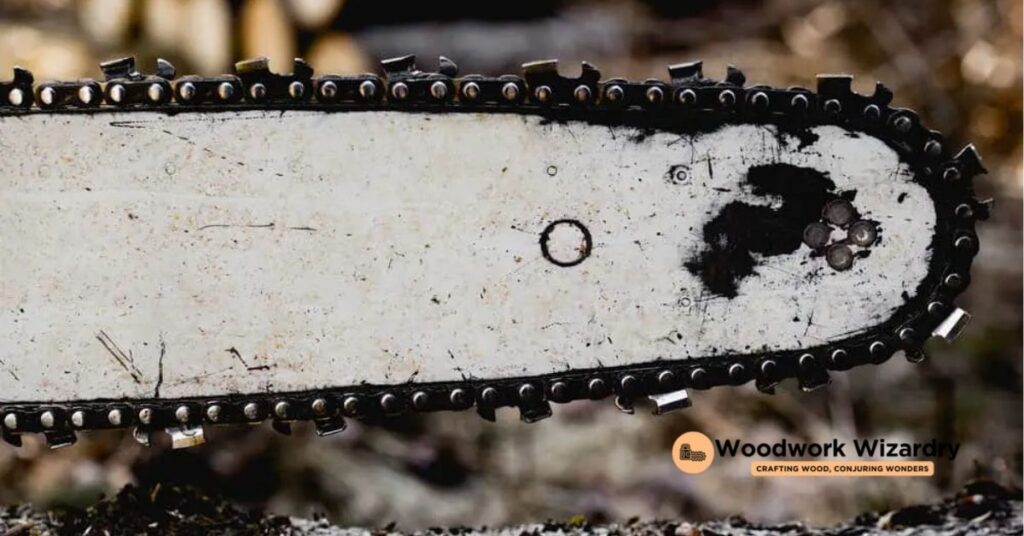
After exploring the significance of chainsaw bar compatibility, let’s dive into how to determine if a chainsaw bar is interchangeable. This step is crucial for ensuring your chainsaw operates efficiently and safely.
First, identify your chainsaw’s make and model. Manufacturers often provide a list of compatible bars and chains for each model. This information can typically be found in the chainsaw’s manual or on the manufacturer’s website.
Next, measure the bar length. This is the length from where the bar exits the chainsaw’s body to the tip of the bar. While you might think longer bars increase cutting capacity, they must match the chainsaw’s power and design to maintain performance and safety.
Check the pitch and gauge. These specifications need to align between the bar and the chain. The pitch of a chainsaw bar refers to the distance between the drive links, while the gauge is the thickness of the grooves in the bar. If these don’t match, the chain won’t fit properly, compromising safety and functionality.
Examine the mount type. Chainsaw bars have specific mount configurations that must fit your chainsaw’s body. Even if a bar matches in length, pitch, and gauge, an incompatible mount can make it unsafe or impossible to attach.
Lastly, count the number of drive links on your chain. This number must match the new bar’s capacity to ensure a proper fit. A mismatch here can lead to poor performance or even damage to the chainsaw.
By paying close attention to these specifications, we ensure our chainsaw not only functions efficiently but also keeps us safe while we work. Remember, using incompatible parts can lead to dangerous situations, so it’s crucial to check these aspects thoroughly before making a switch.
Tips for Choosing the Right Chainsaw Bar
Continuing from our discussion on the importance of compatibility and safety in chainsaw operation, we delve into essential tips for choosing the right chainsaw bar. Taking the time to select the correct bar not only enhances performance but also ensures safety during use.
- Identify Your Chainsaw’s Requirements: The first step involves identifying the specific needs of your chainsaw. Check the owner’s manual for recommendations on bar length, pitch, and gauge. Manufacturers design their chainsaws to work optimally with bars that match specific dimensions and characteristics. This alignment ensures your chainsaw operates efficiently and safely.
- Consider the Cutting Tasks: The nature of your cutting tasks significantly influences the choice of chainsaw bar. For heavy-duty cutting, longer bars might be preferred for their reach and ability to handle large diameters. However, for light pruning or crafting work, shorter bars offer better control and maneuverability. Match the bar length to the intended use to maximize cutting efficiency and safety.
- Check Compatibility: After understanding the needed specifications and intended use, ensure that the selected chainsaw bar is compatible with your chainsaw model. This involves checking the bar mount type and the number of drive links. Compatibility is crucial as even a slight mismatch can lead to dangerous outcomes or damage to your equipment.
- Quality Matters: Opt for high-quality chainsaw bars from reputable manufacturers. Higher quality bars often provide better durability, reliability, and safety. They might come at a higher initial cost, but the investment pays off in the long run through improved performance and reduced need for replacements.
- Seek Expert Advice: When in doubt, seek advice from professionals or the chainsaw manufacturer. They can offer insights into the best bar choices for your specific model and usage scenarios. Expert advice can save you from costly mistakes and help ensure you make a safe and suitable selection.
By following these tips, we can make informed decisions on the right chainsaw bar for our needs, ensuring our chainsaw operates at peak efficiency while maintaining the utmost safety standards.
How to Replace a Chainsaw Bar
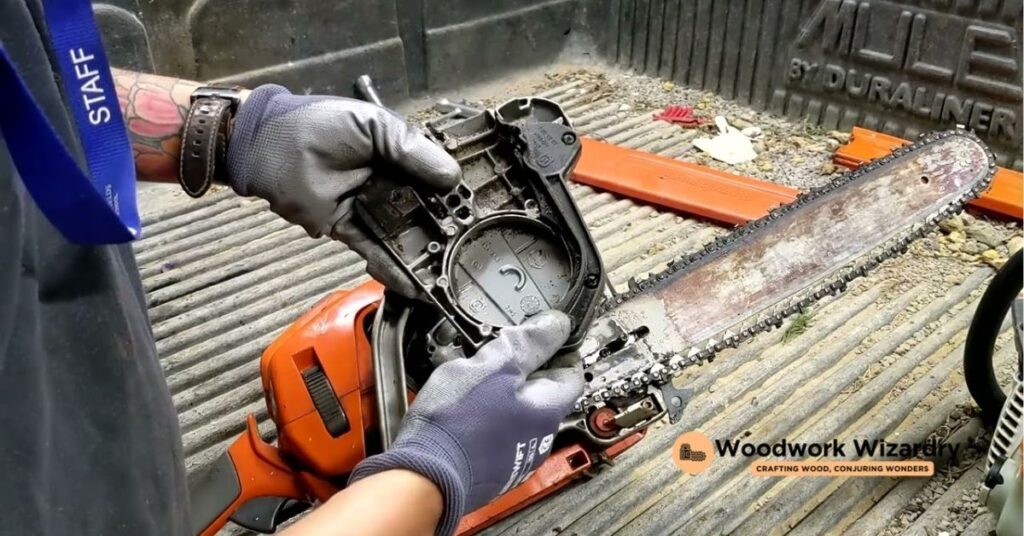
After understanding the importance of chainsaw compatibility and choosing the right bar, replacing a chainsaw bar becomes the next step in ensuring efficient and safe operation. This process is straightforward but requires attention to detail and safety precautions.
1. Gather Tools and Replacement Bar: Before starting, it’s essential to have the right tools on hand, generally including a wrench or a chainsaw tool, and the replacement bar that matches your chainsaw’s specifications.
2. Ensure Safety: Always make sure the chainsaw is off and the spark plug is disconnected to prevent accidental starts. Wearing safety gloves can protect hands from sharp edges.
3. Remove the Old Bar: Loosen and remove the nuts that secure the chainsaw’s side cover. After removing the cover, release the tension on the chain by turning the tensioning screw. This allows for easy removal of the chain and then the bar.
4. Clean the Chainsaw: With the bar removed, it’s a good opportunity to clean any debris from the chainsaw, focusing on the area around the chain groove and the oil ports to ensure smooth operation.
5. Install New Bar: Slide the new bar into place, making sure the tensioning peg aligns with the hole in the bar. Reattach the chain around the bar and the sprocket, ensuring it’s seated correctly.
6. Tension the Chain: Before replacing the side cover, slightly tension the chain by turning the tensioning screw. Replace the side cover and tighten the nuts loosely. Finish tensioning the chain until it’s snug but still able to rotate freely around the bar. Then, fully tighten the side cover nuts.
7. Check Chain Oil: Before using the chainsaw, check the oil level and fill if necessary to ensure proper lubrication.
Following these steps ensures that the chainsaw is ready for tasks ahead, with a new bar that enhances cutting performance and safety. Always refer to the chainsaw’s manual for specific instructions related to the model, as some models may have different requirements for replacing the chainsaw bar.
Conclusion
We’ve walked through the essentials of chainsaw bars from understanding their importance to the nitty-gritty of replacing them. Remember it’s not just about swapping one bar for another; it’s about enhancing your chainsaw’s performance and ensuring your safety. Don’t forget to always refer to your chainsaw’s manual for the most accurate guidance. Armed with this knowledge we’re confident you’ll make the best choices for your chainsaw needs. Here’s to more efficient and safer cutting ahead!
Related Posts:

